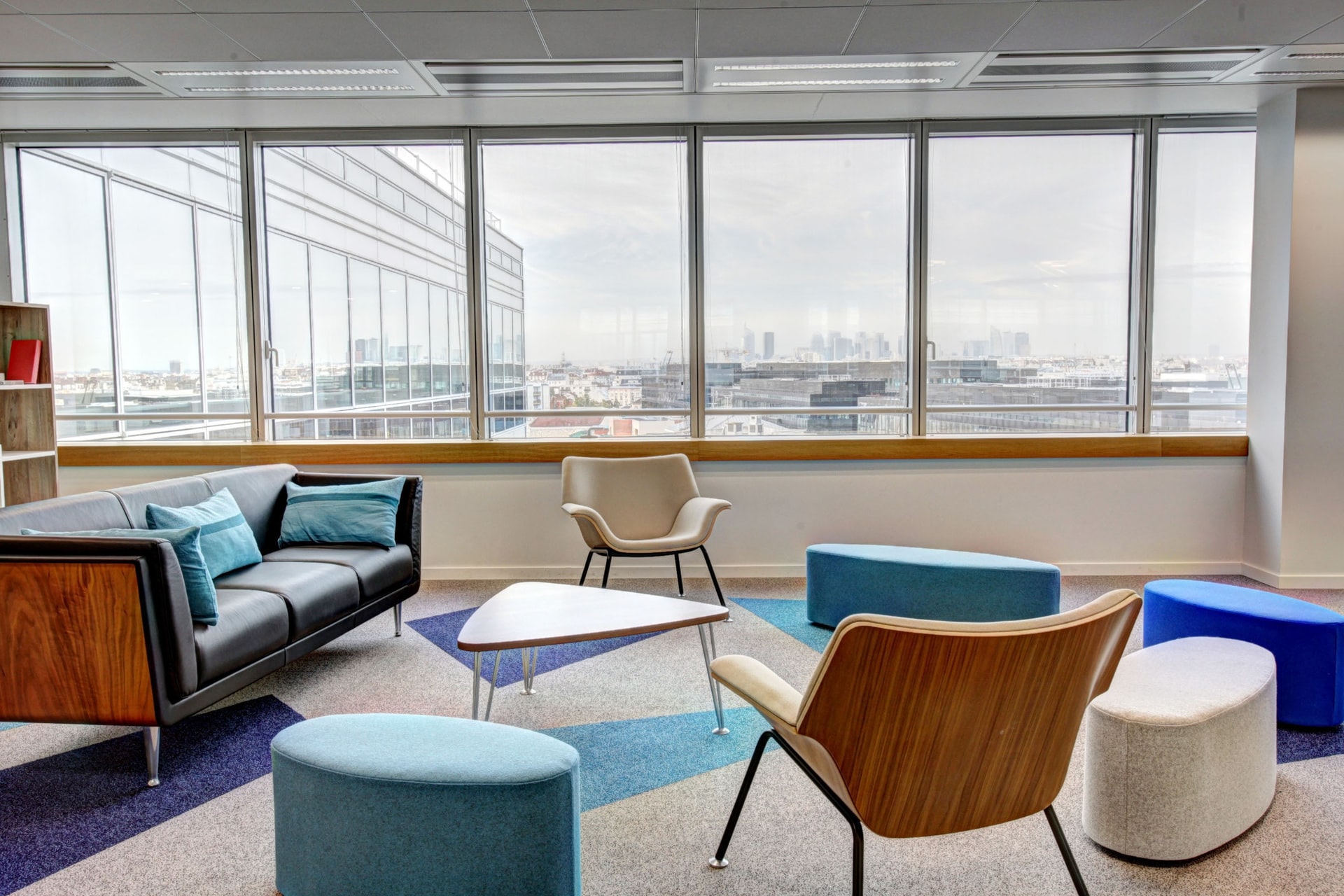Whether you are a freelancer or an employee who works from an office, the need for well-designed, comfy office space is essential for enhanced productivity.
Moreover, remote work is becoming more relevant in today’s world due to the coronavirus pandemic, where several businesses across the globe have offered their employees the freedom to work remotely.
And this has led many individuals to design an office plan or create their personal office space to foster innovation. However, many don’t know that the type of designs they choose to use in an office will determine a lot about the flow of inspiration, creativity, productivity, and efficiency they enjoy.
Why should you plan the design of your office space?
Offices are the foundation of inspiration, and when these workspaces are well-planned, they give room for convenience, comfort and foster innovation among employees or users of the office space.
Though many office designs, concepts, and trends have been used and dropped over the years, the fact remains that regardless of the concepts and trends in vogue, the workforce’s creativity and happiness remain the center of office space design.
Now that you are fully aware that the workspace serves as a bedrock of innovation, creativity, inspiration, and productivity, we will be highlighting some important things you need to consider when designing an office space that will foster innovation.
Photo by Yann Maignan on Unsplash
Few things to consider when designing your office space
Regardless of the design concepts you choose to follow in designing your office space, you must consider a few essential things before implementing your design plan.
- Make your design flexible
Flexibility is a crucial factor you have to consider when designing an office space, whether you are creating a personal work office or a work office to be used by many people. Your design needs to accept flexibility as a vital office characteristic that makes up an ideal workspace and enhances collaborative values.
There is a way the office design makes it easy for employees to collaborate. In some cases, when the office design is rigid, it becomes difficult for workers to access one another and pass across essential items to the ideal places without obstructing productivity.
Interestingly, an ideal flexible office space supports the users’ health and well-being, making it possible for them to reach total work capacity. To make an office space completely flexible, you should make the space adaptable to your work’s daily needs.
An office designed with flexibility at heart can easily accommodate different teams to execute strategy effectively.
- Plan around people
In your quest of designing an office space, ensure you make it people-centered – that is, designing the office for humans and human use. Don’t get so wrapped up in aesthetics, forgetting that the office space is basically for people.
Once you realize that the office serves as a bedrock of inspiration, efficiency, and productivity for employees, you need to design it to help them reach their maximum productivity level.
To achieve this, you can efficiently conduct surveys or one-on-one conversations to sample employees’ opinions and how they would like the office to be designed. Then endeavor to put your findings into action.
- Think of the future
The design you choose to follow for your office space should not only focus on the now. You have to think about the future as you map out the plan for your office space. When you factor in the future in your office space, the design will be able to stand the test of time, suiting a variety of needs that might arise in the future.
Thinking positively and creatively about the future will enable you to look critically at how you can design your office to serve you for many years without a need to revamp it in the shortest future.



